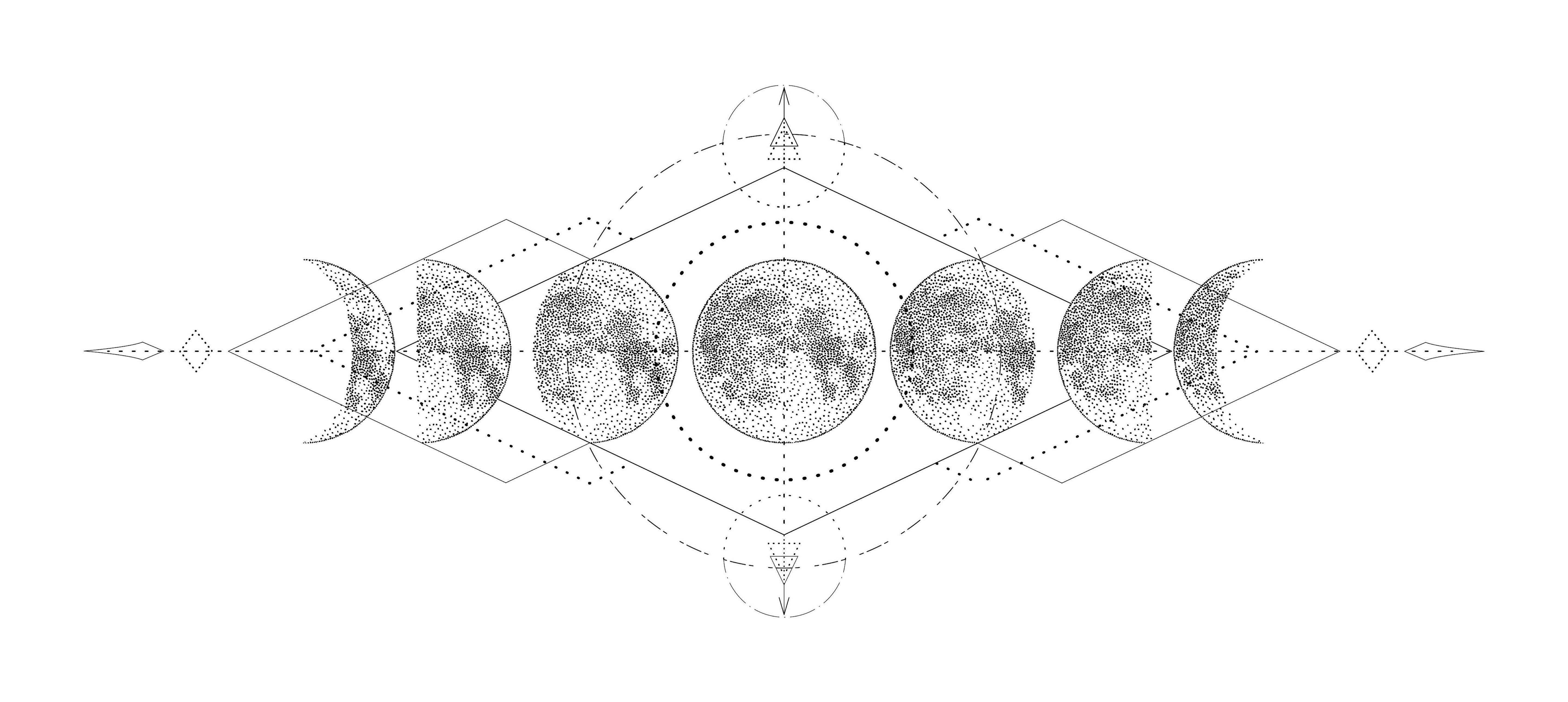
An Alchemists Dream

The Alchemic Pipe Dream: Laboratory Diamonds
The desire to create something out of nothing has captivated humans for millennia. For thousands of years, alchemists were certain that precious metals and jewels could be made out of mere mundane materials. While occasionally stumbling on some scientific truths, they were largely unsuccessful in their aim of producing them. For Alchemists, gold was the holy grail, and diamonds were often seen as a pipe-dream. However, some disagreed, including one of the most famous: Sir Isaac Newton. Yes, the very same scientist who confirmed gravity. He was also an alchemist.
Yes, the very same scientist who confirmed gravity. He was also an alchemist.
For thousands of years, the realm of miracle and mystery, of royalty and the extremely wealthy; diamonds have now jumped down from thrones, cast away magic powers, and fallen from the pedestal of paucity. For thousands of years, diamonds were mined: and then, in the last century, an ancient alchemic pipe-dream became a reality: we figured out how to make them.
It started at the end of the 18th century when Smithson Tennent discovered that a diamond is made up of carbon. His experiments, based on conjecture by Sir Isaac Newton that a diamond must be “an unctuous body coagulated,” and that carbon might be one such “body,” meant that the creation of a diamond might be possible.
For another century and a half various attempts at producing diamonds were made, none successfully - and there were plenty of false claims. Some failed attempts did gain scientific insight, and some produced other valuable materials, such as Henry Moissan’s attempt to produce synthetic diamonds which lead to several discoveries including that of silicon carbide, named moissanite in his honor.
H.G. Wells even wrote a short story, “The Diamond Maker,” published in 1894, about a man who claims to have produced diamonds in his homemade lab (in pipes, by the way…) The story is as much a daydream about the gemological fantasy as it is a very Wellsian commentary on the then state of life and living.
A decade or so after Wells’ short story was published, a father-son team of chemists named Braggs discovered the atomic structure of diamonds. What they learned - that a diamond is a tetrahedral arrangement of carbon atoms in a contiguous crystalline structure - would pave the way for later 20th-century scientists to force carbon atoms into that arrangement. The Braggs’ received a Nobel prize in 1915.
In 1953 an unannounced project by Swedish electrical giant ASEA was technically the first to produce diamonds in a lab. However for various reasons the project's success was never publicized until after 1955 when GE announced that its scientists had been successful in that endeavor. Just a few days before Christmas of 1954, researcher Howard Tracy Hall produced diamonds in a press of his own invention. One can imagine the executives of GE trembling slightly when making the announcement a few months later; after a rigorous routine of testing and retesting to make absolutely sure.
The first synthesized crystals in both experiments were minute and flawed, useful only for industrial purposes; nothing of substantial size, or close to gem quality. Hall finally started producing diamonds in greater quantities and higher qualities from his own lab after leaving GE and continuing his research.
In the second half of the twent ieth century, advances allowed a boom in industrial-grade diamond production, but gem-quality stones were still largely out of reach. That started to change at the end of the century. By the early 2000s, gem-quality stones were becoming a real commercial reality, and within the last decade, advances have allowed the lab-grown gem-quality diamond market to boom.
ieth century, advances allowed a boom in industrial-grade diamond production, but gem-quality stones were still largely out of reach. That started to change at the end of the century. By the early 2000s, gem-quality stones were becoming a real commercial reality, and within the last decade, advances have allowed the lab-grown gem-quality diamond market to boom.
In the next blog in this series, we will discover the amazing advances that the Lab-grown industry has undergone.



